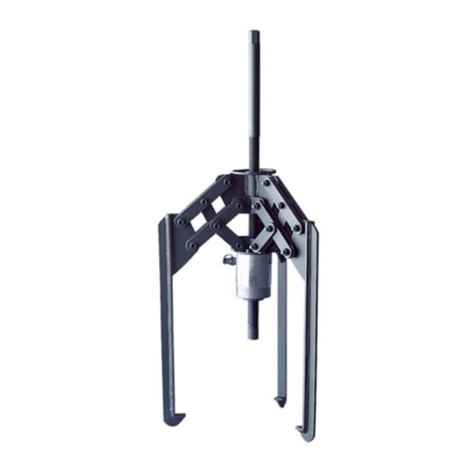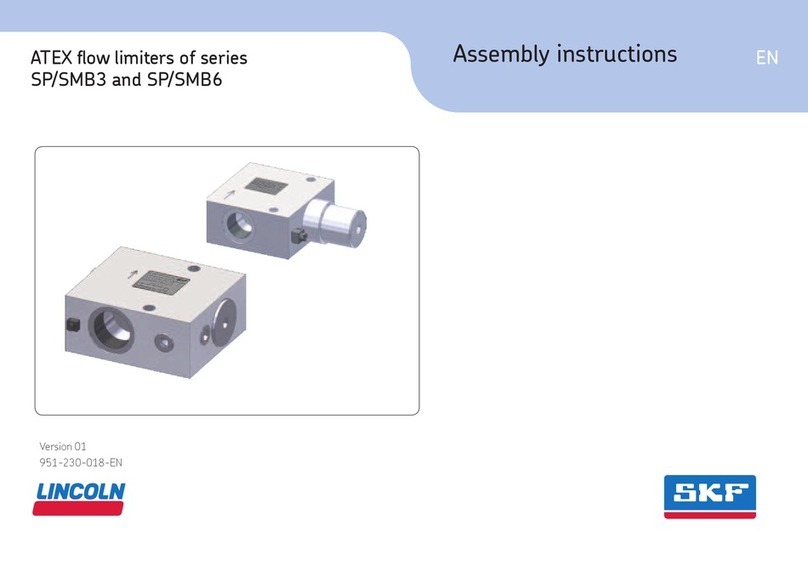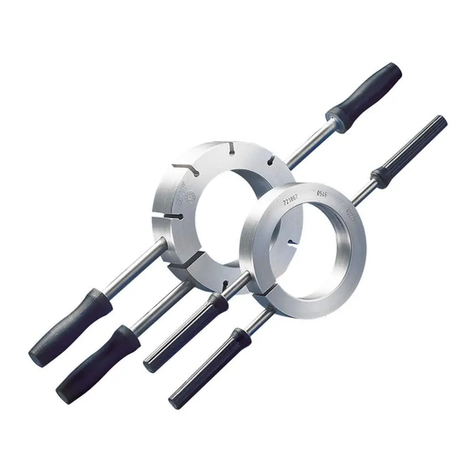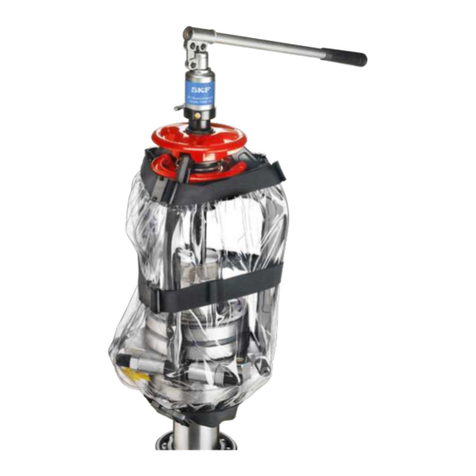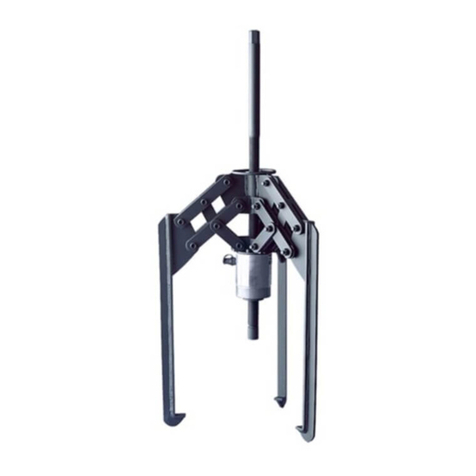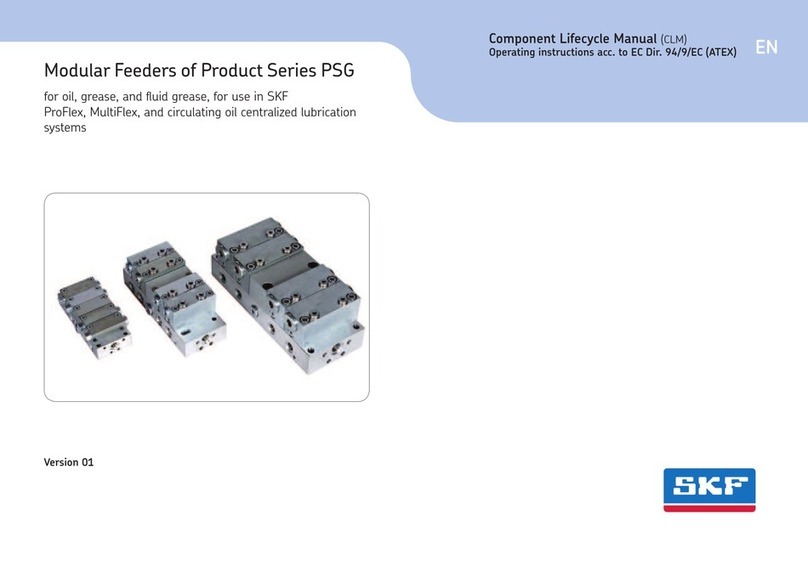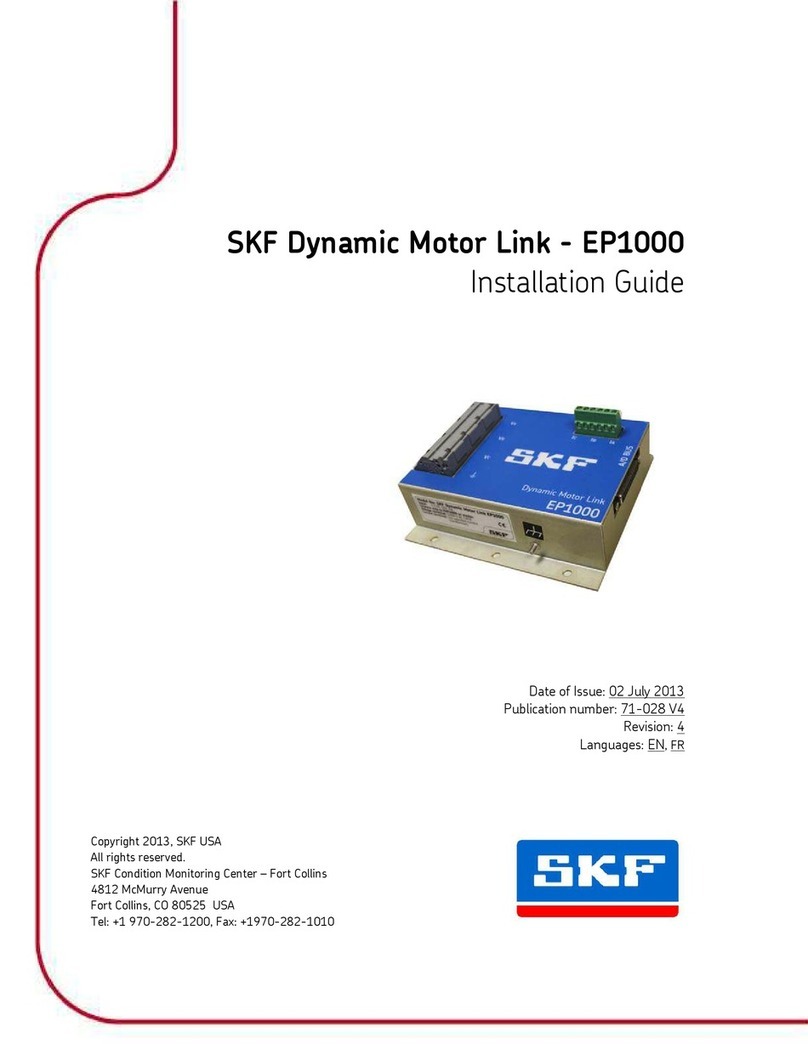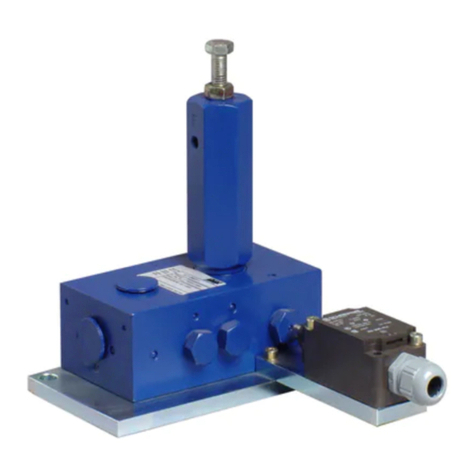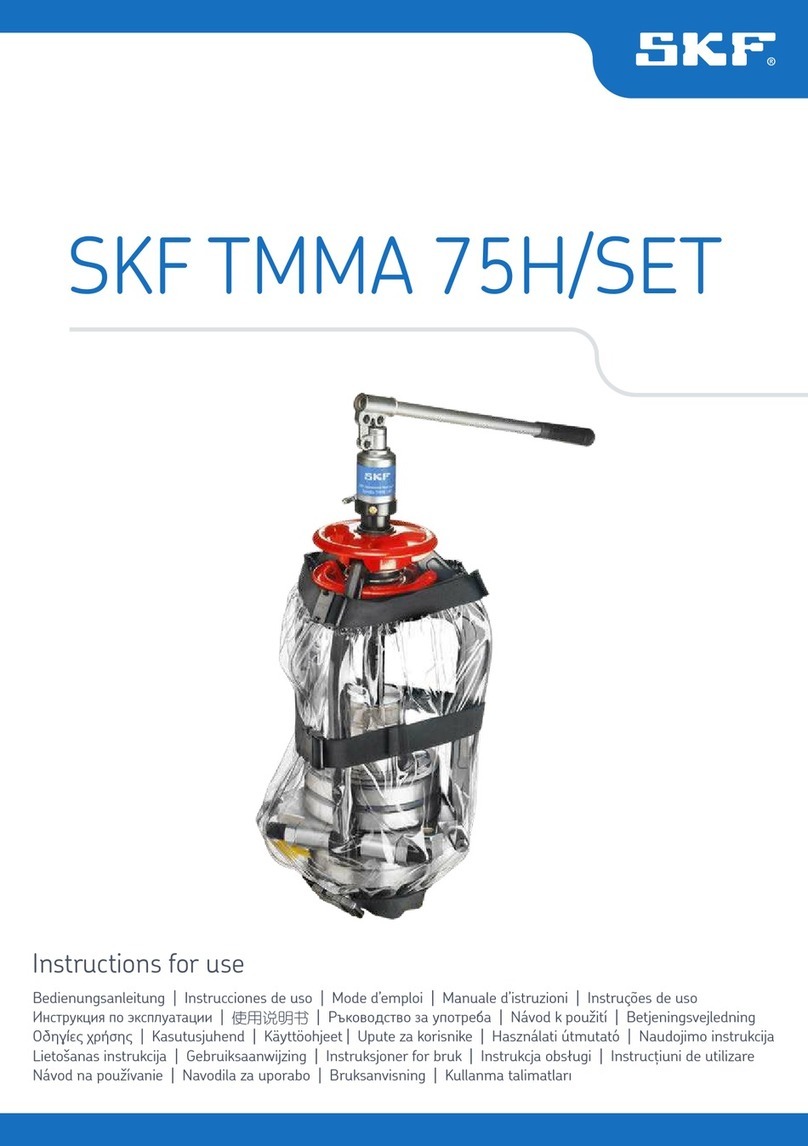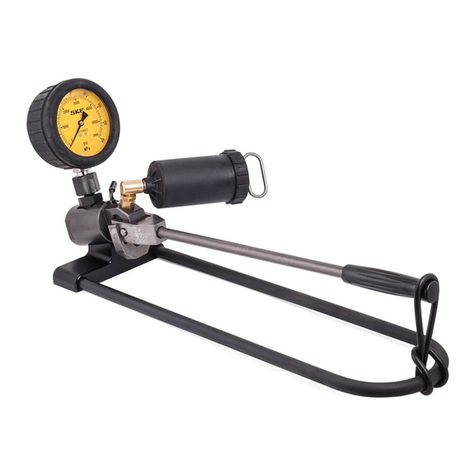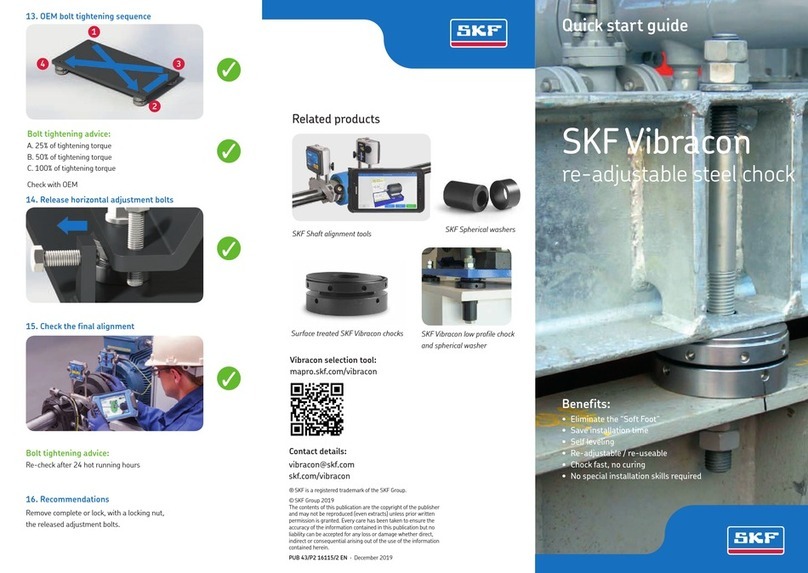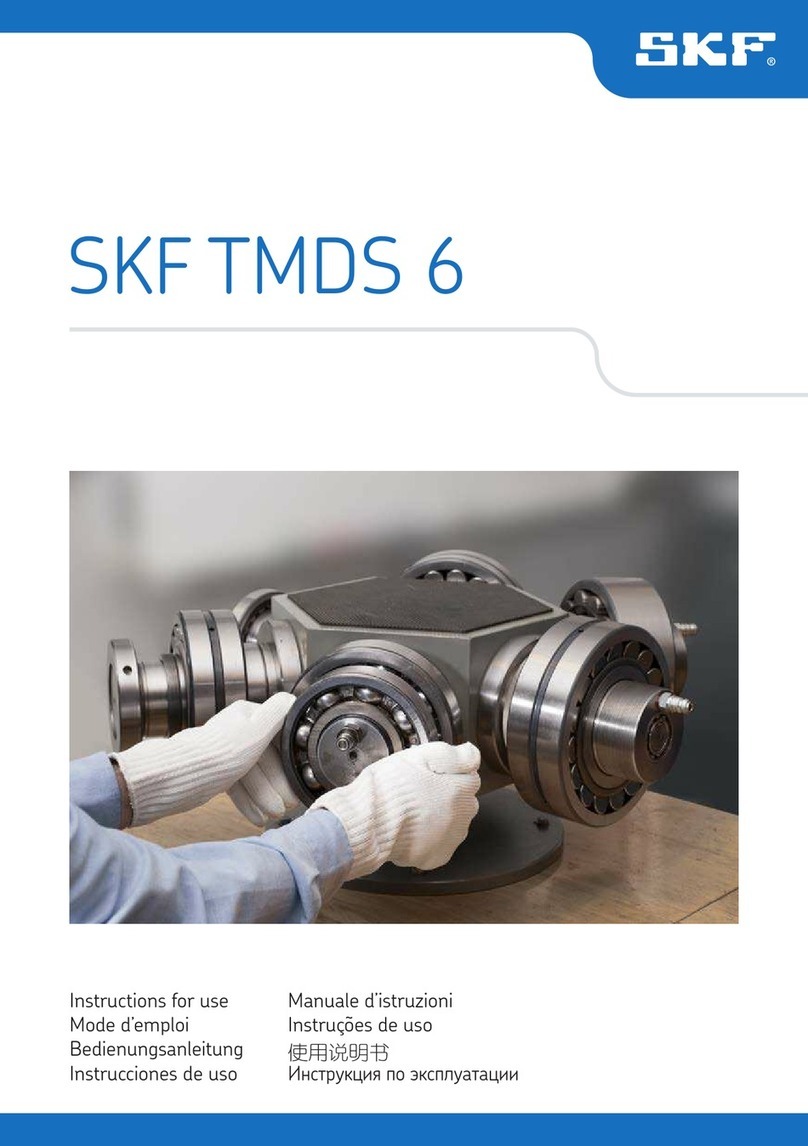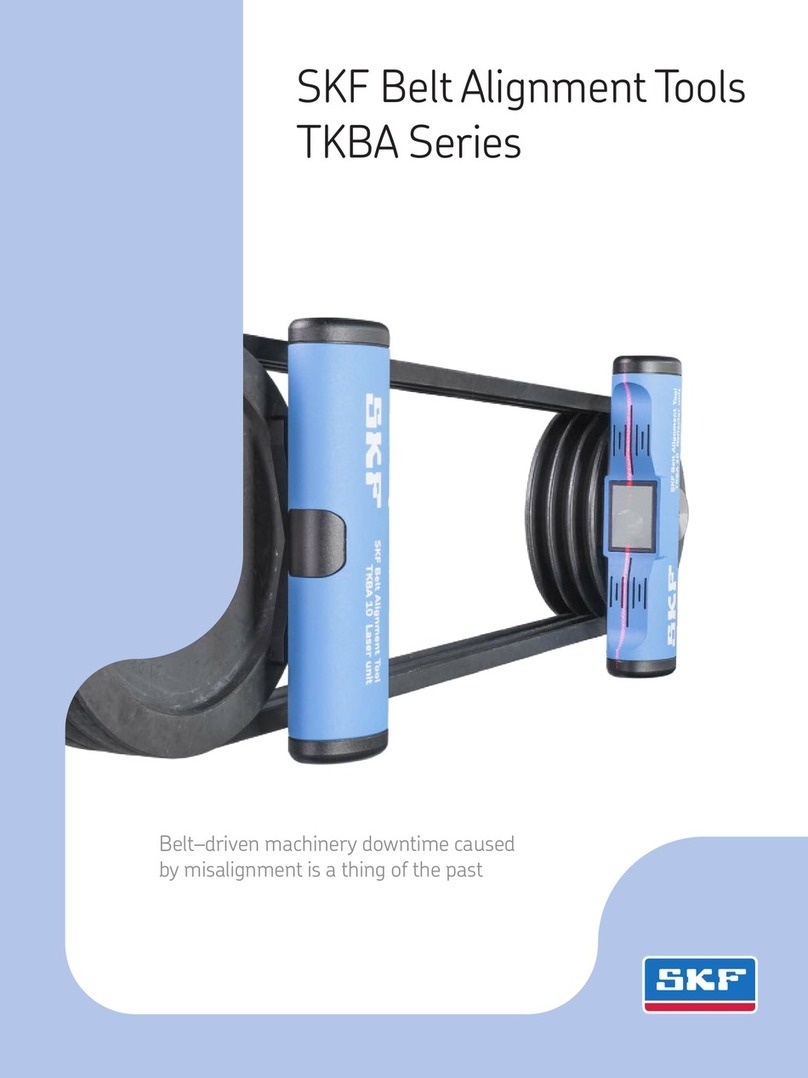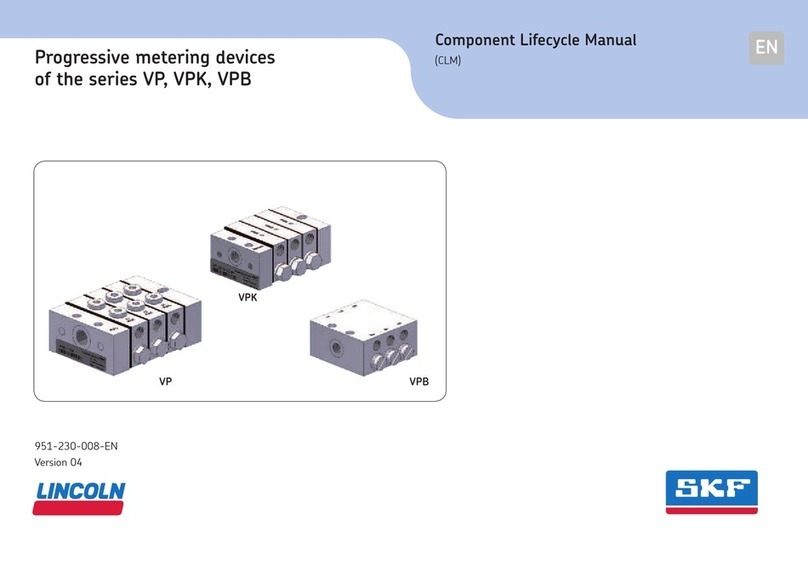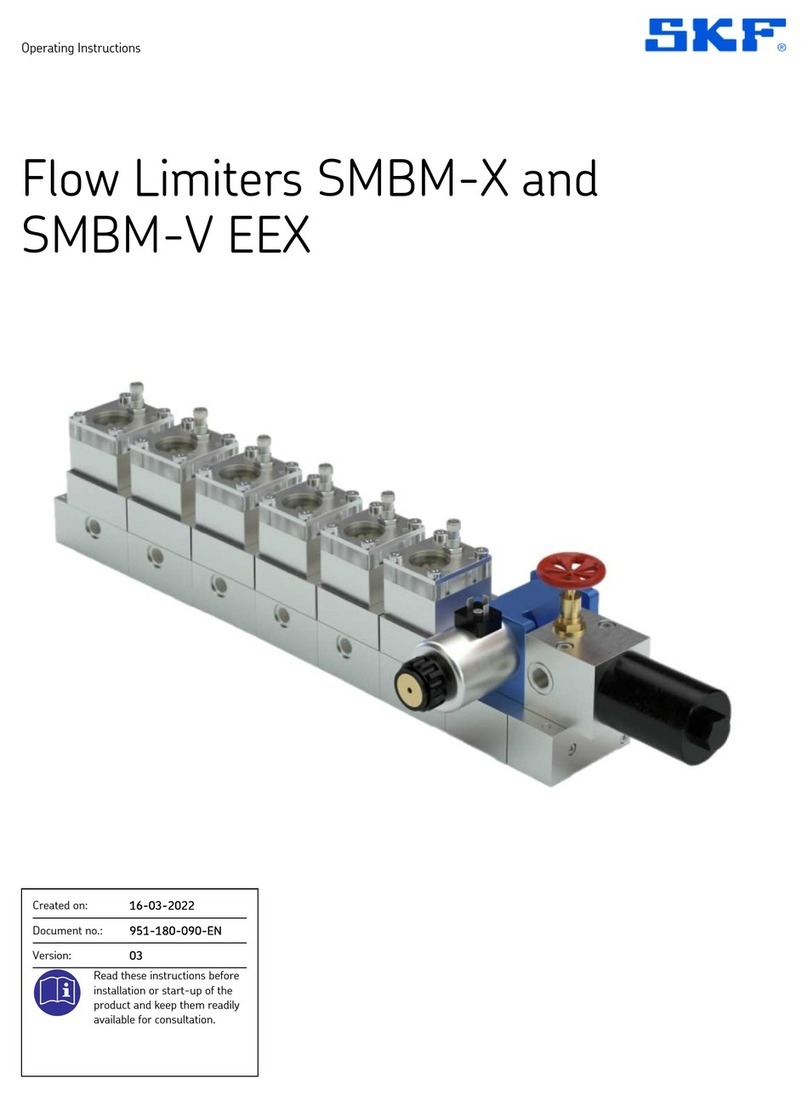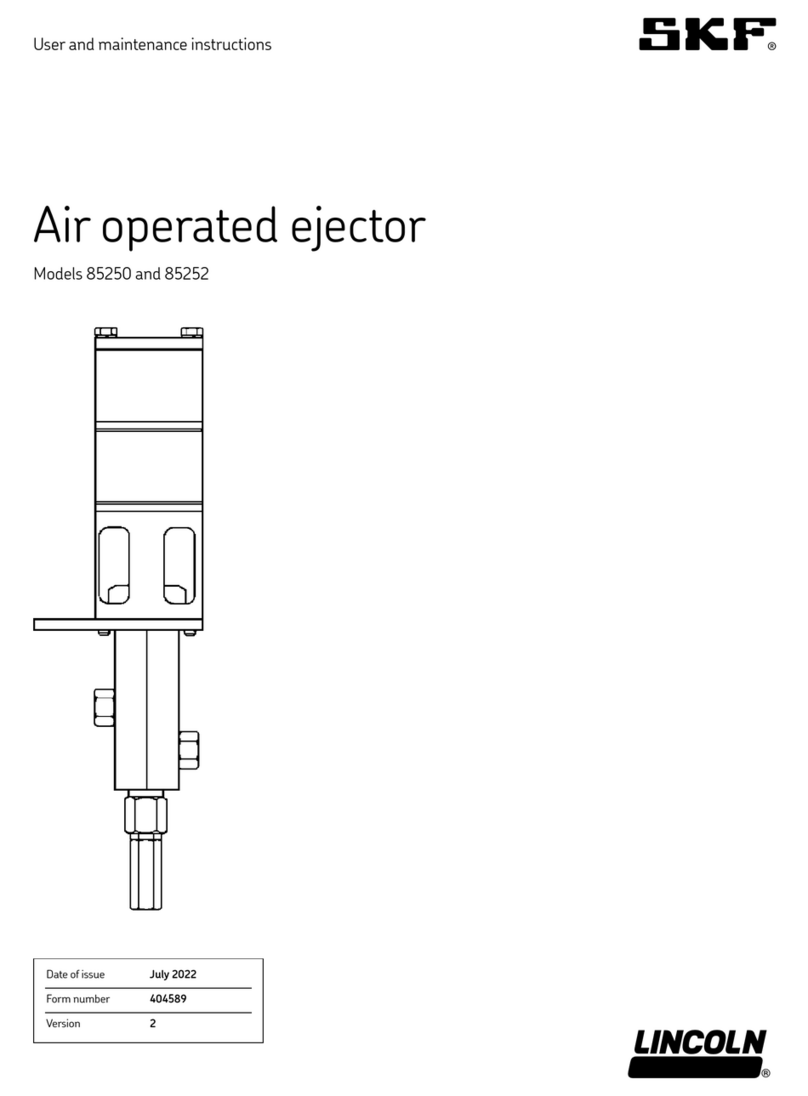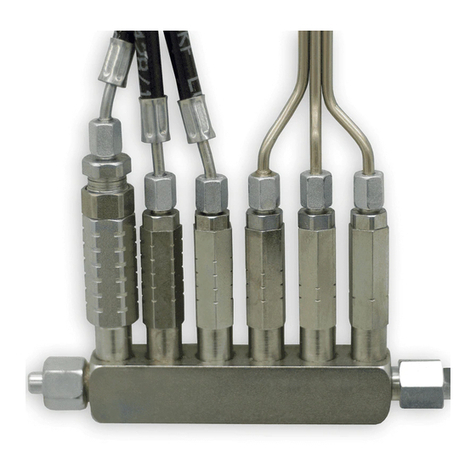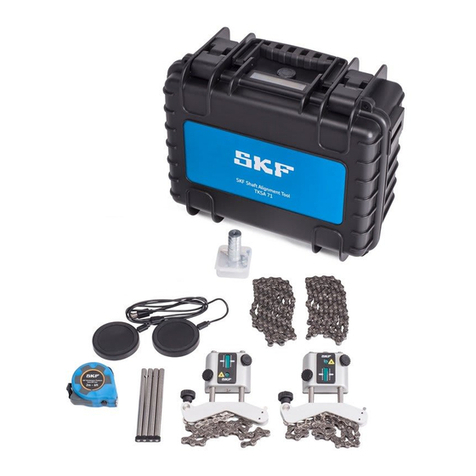4
EN Table of contents
Table of contents
1. Safety instructions................................................................................................8
1.1 General safety instructions.......................................................................................8
1.2 General behaviour when handling the product......................................................8
1.3 Qualified technical personnel ...................................................................................9
1.4 Electric current hazard........................................................................................... 10
1.5 System pressure hazard ........................................................................................ 10
1.6 Operation................................................................................................................. 10
1.7 Assembly, maintenance, malfunctions, shutdown, disposal ............................. 11
1.8 Intended use............................................................................................................ 11
1.9 Foreseeable misuse................................................................................................ 12
1.10 Disclaimer of liability .............................................................................................. 12
1.11 Referenced documents .......................................................................................... 12
1.12 Residual risks .......................................................................................................... 13
2. Lubricants...........................................................................................................14
2.1 General information .............................................................................................. 14
2.2 Selection of lubricants............................................................................................ 14
2.3 Approved lubricants ............................................................................................... 15
2.4 Lubricants and the environment .......................................................................... 16
2.5 Lubricant hazard..................................................................................................... 16
3. Overview, functional description ........................................................................17
3.1 Brief description EM-U3........................................................................................ 18
3.2 Brief description WS-E.......................................................................................... 19
3.3 General system description................................................................................... 20
3.4 EM-U3 as a replacement of EM-U2..................................................................... 21
4. Technical data .....................................................................................................22
4.1 General technical data............................................................................................ 22
4.2 Electrics ................................................................................................................... 23
4.3 Tightening torques and connection dimensions................................................. 24
4.4 Notes related to the type identification plate....................................................... 25
4.5 Notes related to the CE marking........................................................................... 25
5. Delivery, returns, and storage ............................................................................26
5.1 Delivery.................................................................................................................... 26
5.2 Delivery ................................................................................................................... 26
5.3 Storage .................................................................................................................... 26
6. Assembly.............................................................................................................27
6.1 General information ............................................................................................... 27
6.2 Attachment.............................................................................................................. 27
6.3 Minimum assembly dimensions ........................................................................... 28
6.4 Electrical connection .............................................................................................. 29
6.5 Assignment of the power supply........................................................................... 29
6.6 Assignment of the power supply........................................................................... 29
6.7 How to lay the lubrication lines ............................................................................. 30
7. Start-up..............................................................................................................31
8. Operation, shutdown and disposal .....................................................................32
8.1 Operation................................................................................................................. 32
8.2 Temporary shutdown ............................................................................................. 32
8.3 Shutdown and disposal.......................................................................................... 32
